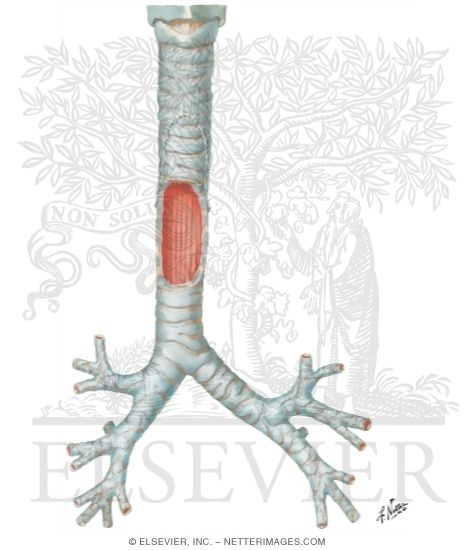

Much more sinister and life-threatening than rhinitis is obstructive sleep apnoea (OSA apnoea = absence of breathing). The allergen from this creature is also responsible for much asthma, but the rhinitis it provokes demonstrates the filtering action of the upper airways in trapping it in the nose. The mite is just invisible to the unaided eye and lives on shed skin scales, particularly in human bedding. Idiopathic rhinitis is thought to be a result of an imbalance of the activity of the sympathetic and parasympathetic nerves serving the mucosal blood vessels, and in this type of rhinitis anticholinergic medication often relieves symptoms.Īllergic rhinitis may be seasonal in response to allergens such as pollen, or perennial, where a major cause is the allergen Der pl in the faeces of the house-dust mite Dermatophagoides pteronyssinus. Rhinosinusitis may also be allergic in aetiology or idiopathic (i.e. With secondary bacterial infection the secretions become viscid, contain pus cells and bacteria, and contribute to the obstruction of breathing. A transient vasoconstriction of the mucous membrane (see below) is followed by vasodilatation, oedema and mucus production. In about 50% of cases this rhinosinusitis is initially caused by rhinoviruses, 25% by corona viruses and the remainder by other viruses.

The major discomfort of this condition is the result of an inflammation of the nose (rhinitis) and, if more severe, the paranasal sinuses. It is unlikely that any of our readers have escaped the unpleasant obstruction to breathing associated with the common cold. Each bronchus divides into secondary bronchi, then into tertiary bronchi, which in turn divide, creating smaller and smaller diameter bronchioles as they split and spread through the lung.Mouth and nose – rhinitis, the common cold and obstructive sleep apnoea Air enters the lungs through the two primary (main) bronchi (singular: bronchus). In the lungs, air is diverted into smaller and smaller passages, or bronchi. To accommodate the heart, the left lung is smaller and has only two lobes. The right lung is made of three lobes and is larger. \): The trachea bifurcates into the right and left bronchi in the lungs.


 0 kommentar(er)
0 kommentar(er)
